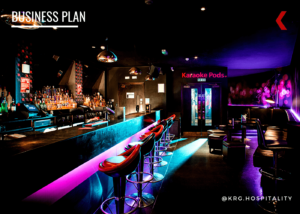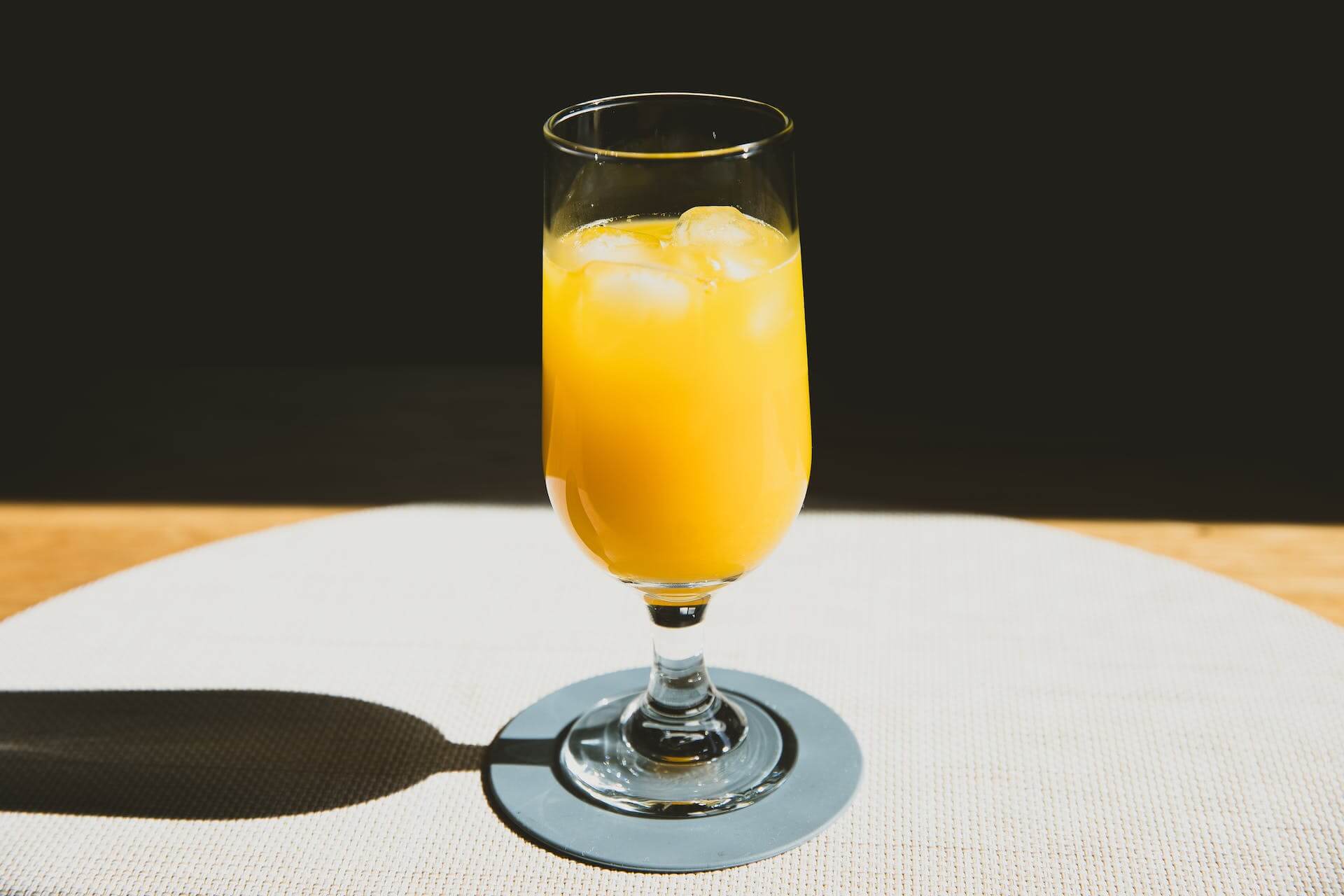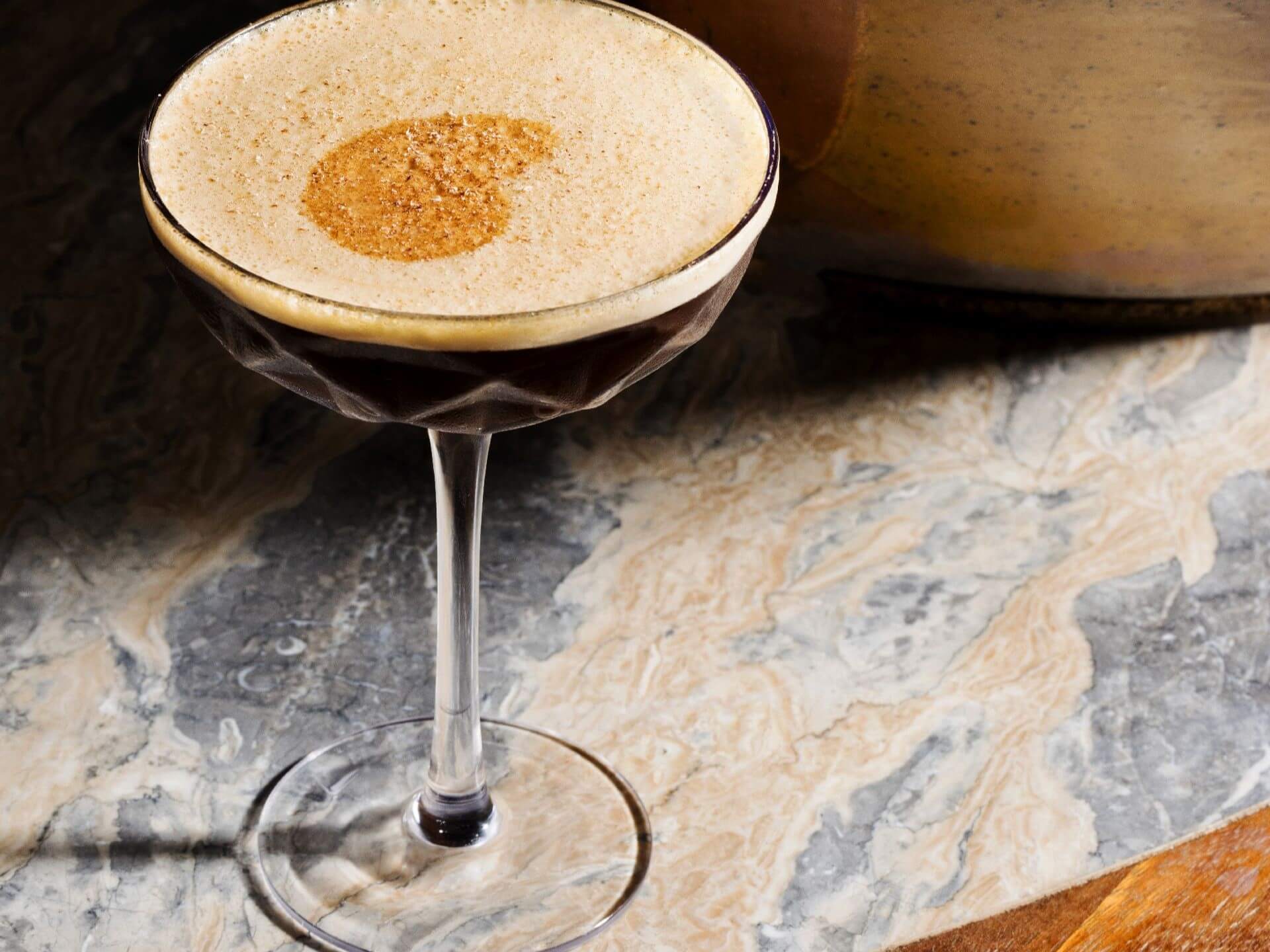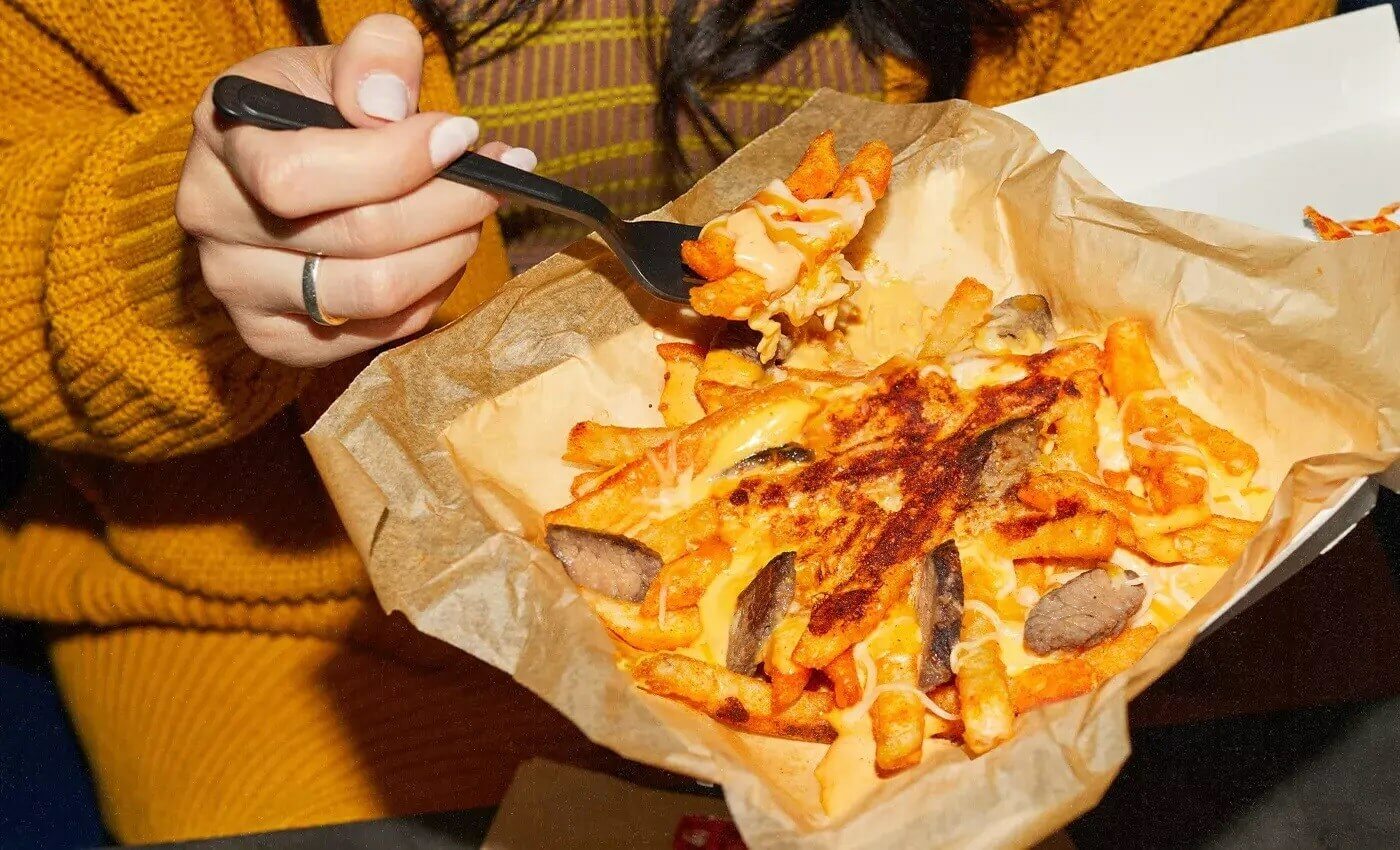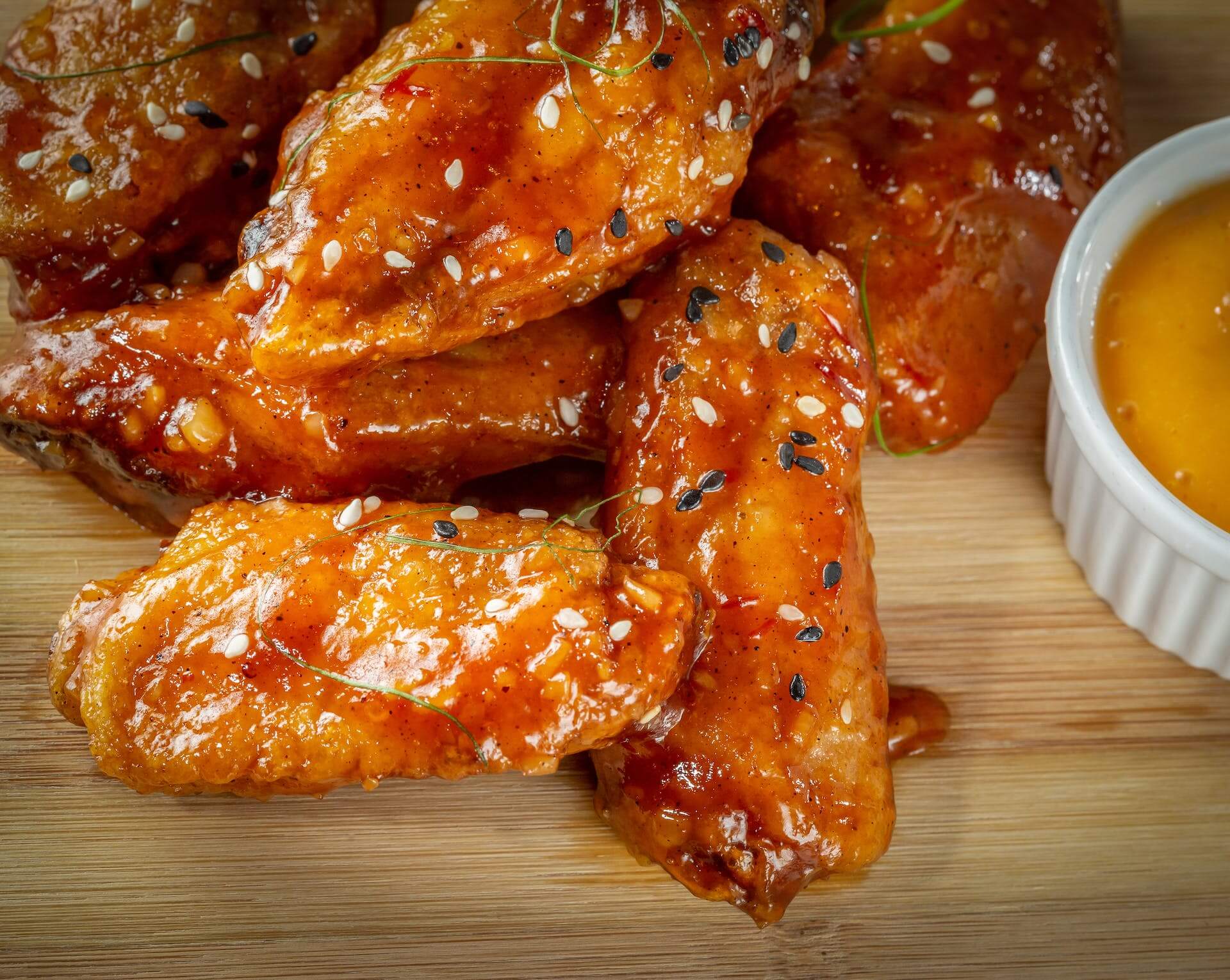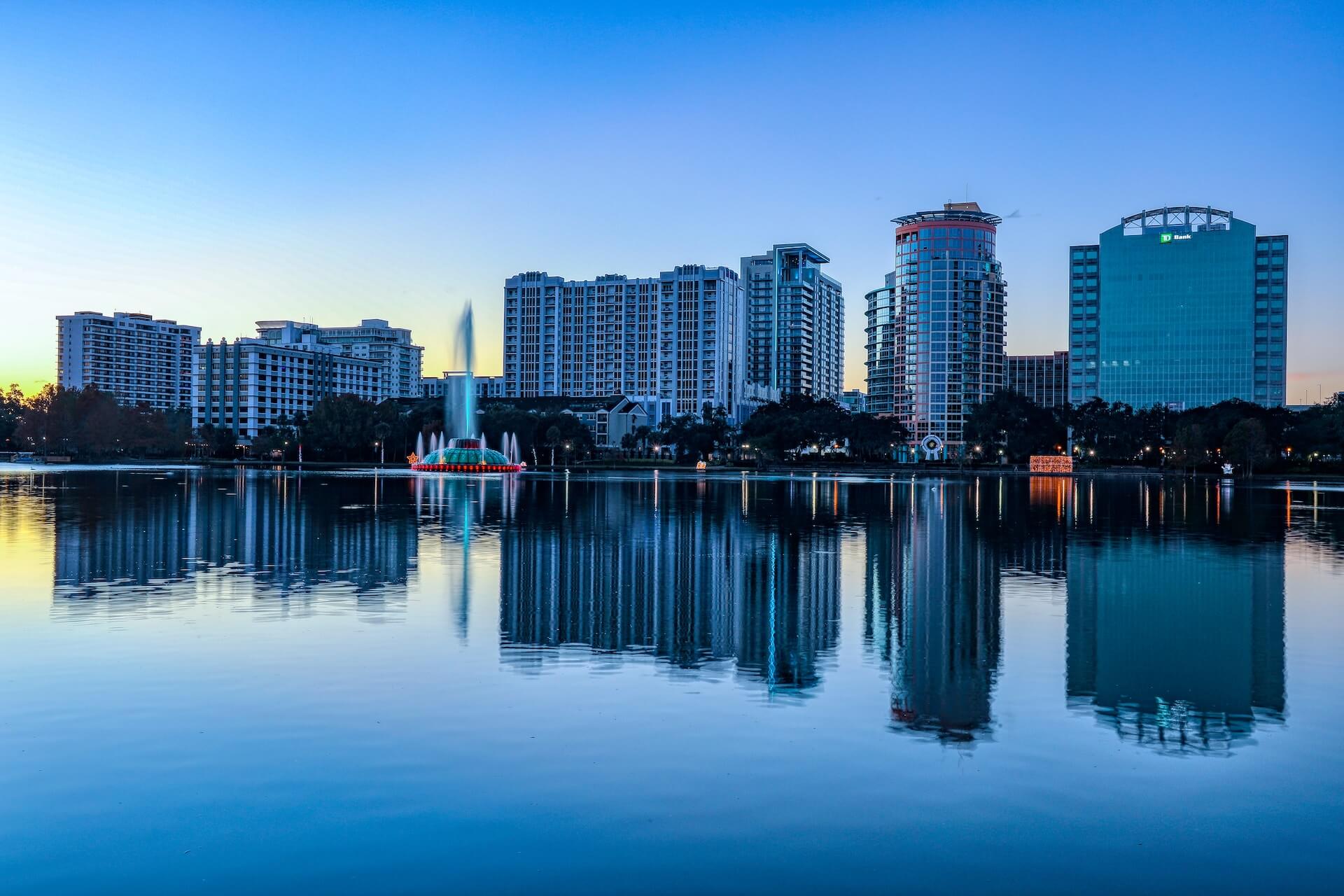New Cocktail & Spirits Festival Coming to Africa
by David Klemt

One of the most influential people in the hospitality industry, Colin Asare-Appiah, is bringing a new cocktail and spirits festival to South Africa in 2024.
Asare-Appiah is, of course, a bartender and spirits aficionado. However, he’s also an industry educator, author, a mentor, and historian. And he’s driven to shine a spotlight on the cocktail scenes throughout Africa.
AJABU, which means “wondrous” in Swahili, is the creation of Asare-Appiah and Mark Talbot Holmes, the founder of U’Luvka Vodka. From March 12 to 13, Johannesburg will be the first city to host AJABU. Cape Town will follow closely, with the festival taking place from March 15 to 16.
To put it plainly, the cocktail community doesn’t seem to pay much attention to African countries. At KRG Hospitality, we focus primarily on North America. So, I have to admit that when it comes to industry coverage, I’m guilty of overlooking African countries as well.
Looking back at industry awards from the past couple of years drives this point home. Bars, restaurants, hotels… If they’re not in Johannesburg or Cape Town, they’re not earning nominations, honorable mentions, or rankings, with very few exceptions.
Asare-Appiah and Talbot Holmes are aiming to change this situation. They duo and their collaborators intend to build international connections between trade, brands, and media through this bi-annual cocktail festival.
To learn more about this new industry gathering, please review the press release below. Cheers!
AJABU Cocktail and Spirits Festival Set to Debut in South Africa
New International Festival will Celebrate the Incredible Growth in the African Hospitality Community in 2024 and Beyond
JOHANNESBURG, SOUTH AFRICA – AJABU, Africa’s first bi-annual international Cocktail and Spirits festival, is set to debut in Johannesburg and Cape Town next year, with the first of two week-long events taking place from March 10-18, 2024.
Curated by Colin Asare-Appiah (Bar World 100 Most Influential Figures 2023, Co-Author Black Mixcellence, Tales of the Cocktail Foundation’s 2023 Spirited Awards® Finalist: Best Bar Mentor) and Mark Talbot Holmes (founder of U’Luvka Vodka). AJABU aims to become Africa’s leading spirits and cocktail festival. It will not only connect the hospitality industry and their community across Africa and beyond, it will also inspire innovation, collaboration, and creativity, while celebrating the continent’s incredible diversity of people, ingredients, and beverages.
The word AJABU means ‘wondrous’ or ‘amazing.’ As the name suggests, the festival will embrace the wondrous diversity of the hospitality industry across Africa, connecting brands, bar trade, media and cocktail enthusiasts, while supporting a new generation of African bartenders and hospitality professionals.
Taking place in both Johannesburg (March 10-13) and Cape Town (March 13-18), AJABU will host each city’s most renowned venues for a line-up of exciting mashups. Participating award-winning international bars include Library by the Sea, Milady’s, Rayo and Trailer Happiness. These teams will partner with bars across Africa such as Front Back and Hero for a week of education sessions, spirited forums, wine tours, and hosted dinners at local Johannesburg and Cape Town venues. In Johannesburg, festival-goers can look forward to experiencing the unique offerings of bars such as Sin + Tax, Saint, Smoking Kills, Cin Cin Zioux, Mesh Club, and Marabi Club. Meanwhile, Cape Town will host festivities at Cause/Effect, Art of Duplicity, Chef’s Warehouse, Hacienda, The Drinkery, House of Machines, Asoka, and Talking to Strangers.
“AJABU is a platform to celebrate Africa’s vibrant spirit and bartending culture,” exclaims Asare-Appiah. “We’re committed to fostering the growth of the hospitality industry across the continent by inspiring and empowering the bartending community to push the boundaries of their craft while providing a unique platform to showcase the diverse and rich culture of African drinks and ingredients.”
AJABU is thrilled to announce its partnership with local industry legends Kurt and Etienne Schlechter as well as award-winning writer & educator Leah Van Deventer as the team on the ground.
The festival will soon announce a lineup of the world’s best bars who will bring their creativity and knowledge to Johannesburg and Cape Town venues. Attendees can anticipate an unforgettable gathering of industry-leading professionals who will surprise and delight attendees with their creativity and innovation.
The March edition of AJABU will be followed by another week-long event across both cities in November, in partnership with Cape Town Beverage Show.
For more information, please visit ajabufestival.com
About AJABU
AJABU is Africa’s first annual international spirits and cocktail festival, created by Colin Asare-Appiah (Bar World’s 100 Most Influential Figures 2023, Co-Author Black Mixcellence of the Cocktail Foundation’s 2023 Spirited Awards® Finalist: Best Bar Mentor) and Mark Talbot Holmes (founder of U’Luvka Vodka). With a mission to become the continent’s leading hospitality community gathering, AJABU connects the industry across Africa and beyond to inspire innovation, collaboration, and creativity.
Image: AJABU

